Many of us own old computers, and old computers need low resources-constrained GUI’s to be used on them. In this article, we are going to talk about lightweight linux desktop environments to install on your old computer to revive it again.
[ You might also like: The Best Linux Distributions for Old Machines ]
1. LXDE
One of the most famous lightweight GUIs over there, LXDE (Lightweight X11 Desktop Environment) was first released in 2006, it was programmed to work on Unix-like platforms like Linux & FreeBSD, LXDE is the default GUI for many Linux distributions like Lubuntu, Knoppix, LXLE Linux, Artix, and Peppermint Linux OS – among others.
Written in the C language with the GTK+ library, LXDE is a very good desktop environment to run on old computers, it is a component of many tools like PCManFM (File Manager), LXDM (X Display Manager), and many other components.
There was a Qt port under development from the LXDE desktop which aims to rewrite all LXDE components in the Qt library, it was called “LXDE-Qt“, later, another lightweight desktop “Razor-qt” was launched in order to provide a new GUI for low-resources computers written in the Qt library, these 2 projects have been merged together since they have the same goal under the “LXQT” project, but, eventually, dropped and all efforts focused on the Qt port.
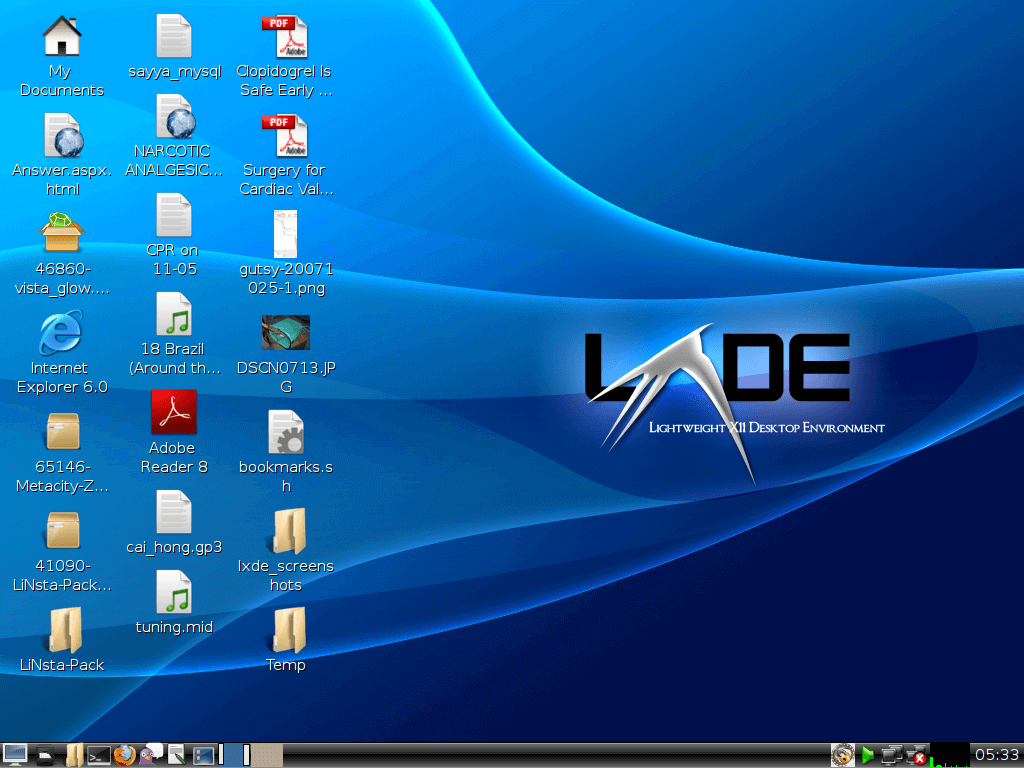
Install LXDE in Linux
LXDE is available to install from the official repositories for most Linux distributions.
$ sudo apt install lxde [On Debian/Ubuntu & Mint] $ sudo dnf install lxde [On Fedora/CentOS & RHEL]
2. LXQT
As we said above, LXQT is the official Qt port right now from the LXDE project, LXQT developers define it as “The next generation of the Lightweight Desktop Environment“, it is very customizable as it was written in the Qt library, but it still under heavy development.
Linux distributions that provide a version with LXQt as default desktop include Lubuntu, LXQt spin of Fedora Linux, Manjaro LXQt edition, SparkyLinux LXQt, while other distributions like Debian and openSUSE provide it as an alternative desktop environment during installation.
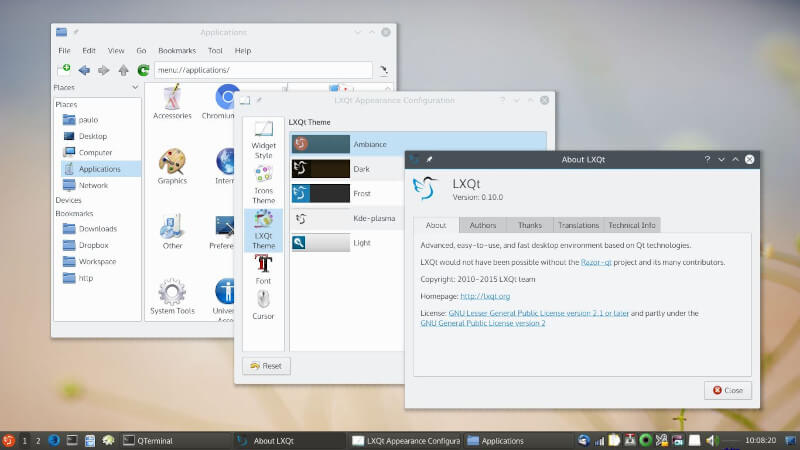
Install LXQT in Linux
LXQT is available to install from the official repositories for most Linux distributions.
$ sudo apt install lxqt [On Debian/Ubuntu & Mint] $ sudo dnf group install "LXQt Desktop" [On Fedora/CentOS & RHEL]
3. Xfce
Xfce is a free & open-source desktop environment for Unix-like platforms, unlike LXDE, Xfce is not a “very lightweight” GUI, but it focuses on being as much lightweight as possible plus keeping the nice visual appearance, that’s why it may work on 5-6 years old hardware, but not older than that (well, it depends on the computer resources anyway).
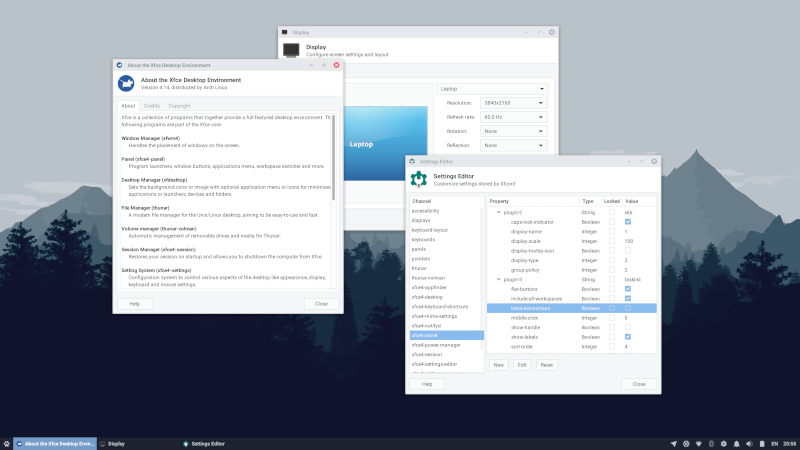
Xfce was first released in 1996, it is written in the C language with the GTK+ 2 library, Xfce has its own file manager “Thunar” which is very fast and lightweight, plus many other components like Xfwm, Xfdesktop, etc.
Xfce is also available to install from the official repositories for most Linus distributions, just search about it in your package manager and you should find it, elsewhere, you can download the source code from the Xfce downloads page.
Install Xfce in Linux
Xfce is available to install from the official repositories for most Linux distributions.
$ sudo apt install xfce4 [On Debian/Ubuntu & Mint] $ dnf install @xfce-desktop-environment [On Fedora] $ dnf --enablerepo=epel group -y install "Xfce" "base-x" [On CentOS/RHEL]
4. MATE
MATE is the long waited fork from Gnome 2.x, as its original mother, MATE will work lightly on most old computers since it was forked from Gnome 2.x, MATE developers changed many things in the source code for Gnome 2.x and right now it fully supports the GTK 3 application framework.
MATE is also one of the default desktop environments for many modern Linux distributions, which makes it one of the most popular GUIs for Unix-like platforms with an intuitive and attractive graphical interface. MATE is under active development and provides support for the latest technologies while continuing a traditional desktop experience.
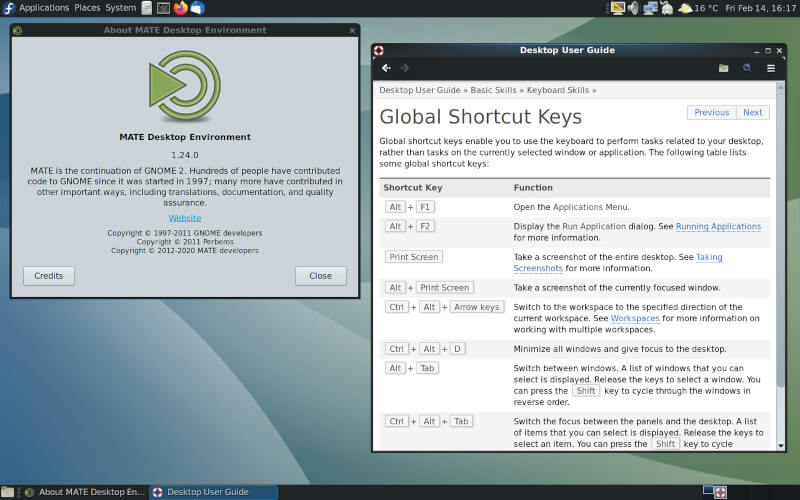
Install Mate in Linux
Mate is available to install from the official repositories for most Linux distributions.
$ sudo apt install mate-desktop-environment [On Debian] $ sudo apt install ubuntu-mate-desktop [On Ubuntu] $ sudo apt install mint-meta-mate [On Linux Mint] $ sudo dnf -y group install "MATE Desktop" [On Fedora] # pacman -Syy mate mate-extra [On Arch Linux]
5. Trinity Desktop
The Trinity Desktop Environment (TDE) is a complete lightweight software desktop environment created for Unix-like operating systems, intended for personal computer users preferring a conventional desktop model. TDE born as a fork of KDE, but now it is a fully independent project with its own development team.
TDE releases offer a stable and extremely customizable desktop with constant bug fixes, added features, and support with new hardware. Trinity is packaged for Debian, Devuan, Ubuntu, Fedora, RedHat, and other various distributions and architectures. It also comes as the default desktop environment for Q4OS and Exe GNU/Linux.
The new Trinity release R14.0.10 comes with new applications (KlamAV, Komposé), crucial improvements to a virtual keyboard, customizable icon spacing, numerous minor modifications and fixes various long-lasting irritating crashes.
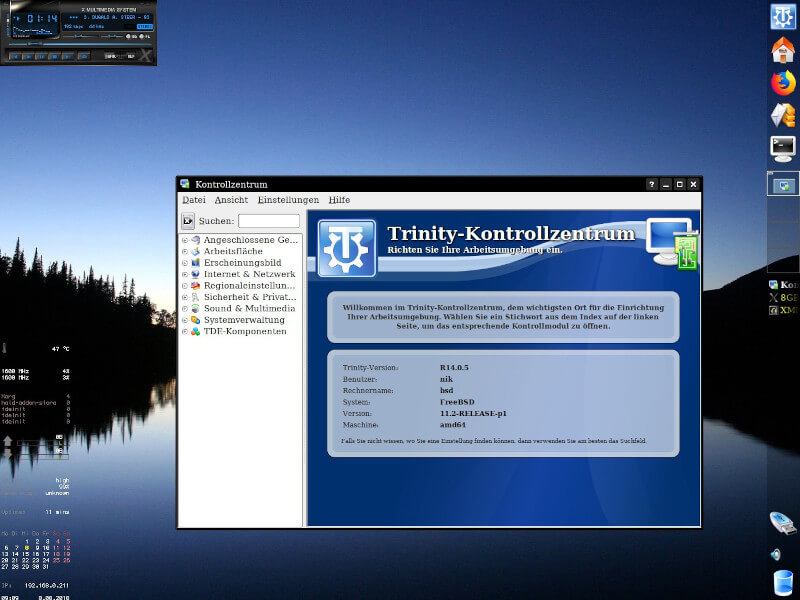
Install TDE in Linux
Trinity desktop is available to install from the official trinity repositories for most Linux distributions.
$ sudo aptitude install tde-trinity [On Debian] $ sudo aptitude install tde-trinity [On Ubuntu] $ sudo apt install tde-trinity [On Linux Mint] $ dnf install trinity-desktop-all [On Fedora]
6. Create Your Own Desktop
Installing Lightweight desktop environments is not the only way to have a light desktop, you can use any window manager you want with any other add-ons or tools to get a nice desktop, as an example.
- OpenBox a good window manager for those who like simplicity.
- i3 is a light tiling window manager for Linux & BSD systems, very customizable and well-documented, it was built essentially for experienced users and programmers.
- FluxBox is a stacking window manager that was originally forked from BlackBox in 2001, very simple and lightweight and it works on many platforms.
- dwm is a dynamic window manager for the X display server, very simple and written in C.
- JWM, PekWM, Sawfish, IceWM, FLWM.. etc.
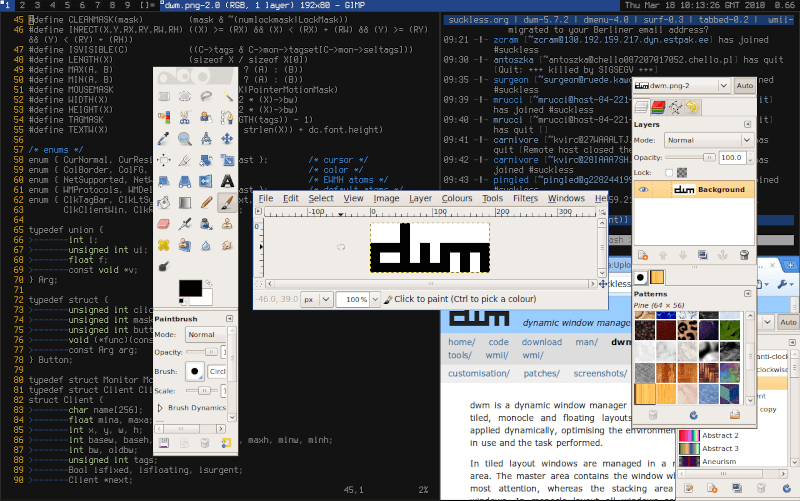
There are many other window managers.. however, you can install any window manager you want besides some useful desktop tools like Tint2 (a nice panel which shows the current opened windows and time), Screenlets ( the famous desktop gadgets program ), Conky ( a nice system monitor gadget for your desktop ) beside any other tools that you may like.
[ You might also like: 12 Best Open Source Linux Desktop Environments ]
Do you own an old computer? What software did you install on it? And what do you think about creating your own customizable desktop with 3rd party programs?


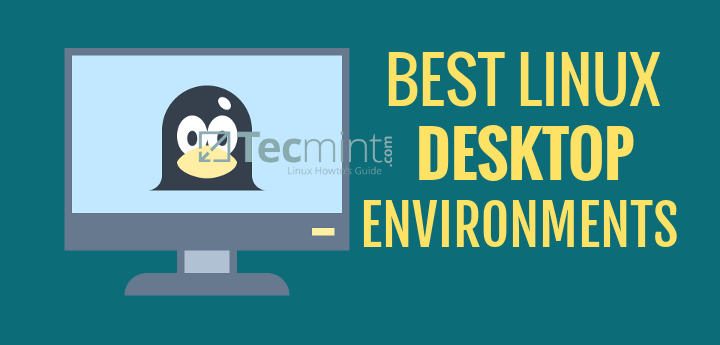
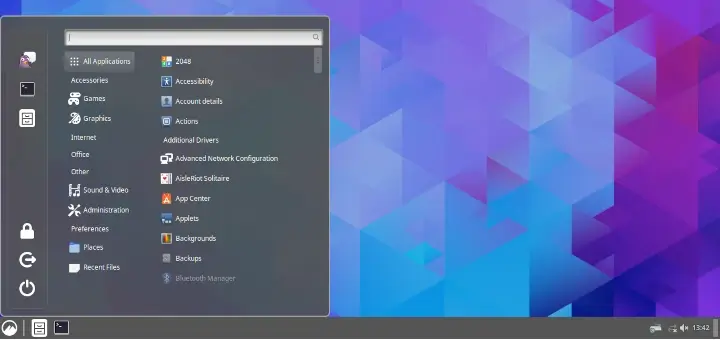
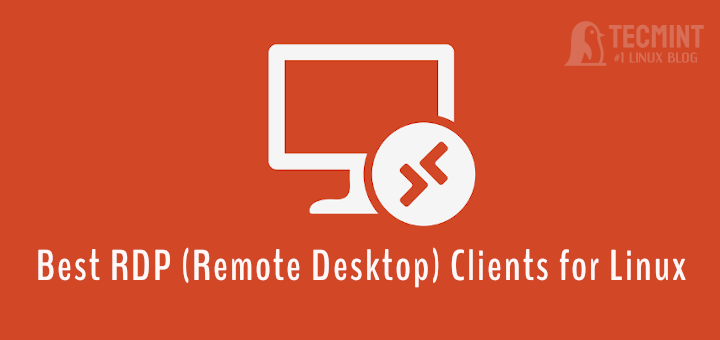
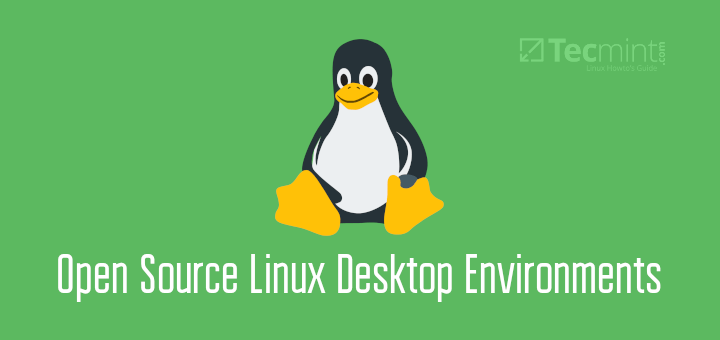
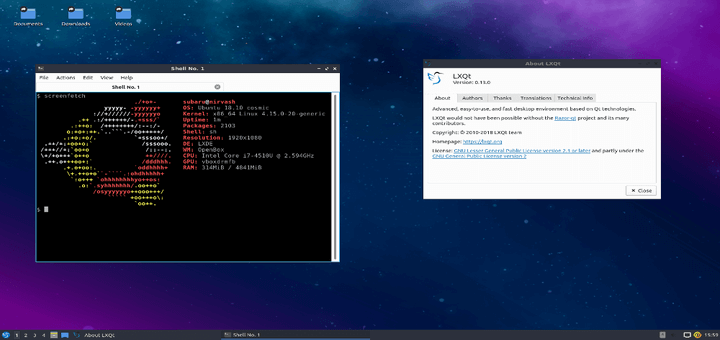

What is an old computer? A computer that came with Win 3.2, Win 98, Win XP? A computer with an i5-2430M cpu @ 3000.00 MHz? Is this the main computer you want for daily use, or will you keep it for some other purpose? I have an older one as a jukebox.
There is a time every computer will need to go to salvage. Many can be donated, and if you have a use, many can be repurposed as things like a media center or server.
Knowing those things might help someone make a choice between puppy Linux and say, Mate. Your article is a good starting point though.
Thanks
I guess I am getting old. I use Nextstep or CDE for my old boxes.
Bring back the lubuntu-desktop (not qt). There was nothing wrong with it
Now Lubuntu is crap…
Linux is always interesting. If you put 5 linux users in a room, you will get at least 10 different opinions!
Amen to that, and all are experts on Linux!
I salvaged a number of older machines recently, and I used Debian with LXQT on most of them. It seemed “lighter” than LXDE but one older x86 machine responded better to TDE, Trinity Desktop Environment. It has much better screen resolution than LXQT on that particular machine, so I recommend it for older machines that don’t respond well to LXDE or LXQT
I’ll second Trinity as the desktop to use on old computers.
@Dragonmouth,
Thanks for the suggestion, added Trinity Desktop to the list…
I am an Ubuntu user (GNOME desktop), although I recommend Ubuntu MATE or Linux Mint (Cinnamon) for people coming from the Windows world. A very fast and slim but fully functional and aesthetically pleasing distribution is Q4OS with the Trinity desktop for old computers. It is much faster and more responsive than LXDE, LXQt, XFCE, and MATE.
Exactly what I discovered! I posted a separate comment, but I found Q4OS with Trinity the “lightest” It’s especially good for x86 PCs that don’t support newer video cards. Not sure “where” or “how” I found it, but I’ll use it again when needed.
thanks for article and discussion .
Got here thru a dead XP system hard drive
running Mint 18 Mate [32 bit to see haw it runs for possible us on 32 bit Athlons
I would like to point out that XFCE uses on average about 70MB of RAM and Cinnamon only uses about 79MB of RAM on average so if XFCE can be considered like then so can Cinnamon.
MATE uses 40% less resources than XFCE and accomplishes everything that XFCE can with customization and being full-featured.
XFCE has not been updated in almost 3 Years, 33 Months to be more accurate, and they have missed every single roadmap goal they set out to do. They also claimed that 4.12 would have partial GTK3 support and in October of 2013 admitted that they couldn’t do it and will not be releasing any support for GTK3 in 4.12.
1. XFCE has not made a release in 3 years
2. XFCE has only made 5 releases in the past 11 years.
3. XFCE has missed every single roadmap goal for 4.12 by about a year.
4. XFCE claimed they would have partial, only partial, GTK3 support in 4.12 and now will not have any at all.
5. XFCE will likely not have any support at all for GTK3 for about 2-3 years after the release of 4.12 so that means they will not be ready for Wayland/Mir in any way.
My point is, XFCE is on life-support and people should stop suggesting anyone use the DE because they are at a stage that using the project is now a detriment to the Linux Community as a whole. XFCE devs should simply pull the plug and join the MATE project.
That’s your opinion. my opinion is XFCE still good to be installed in our machines, if not Xubuntu now is not recommended too man :) many users like to use XFCE as long it support to new distros. Linux mint, manjaro, xubuntu XFCE still exist too.
I like XFCE and especially users who like simple DE.
old comment, but only one person was spewing opinion. If you can’t tell one from the other, you might want to consider Windows. It’s 2023 and I still do use XFCE, but it’s still relatively lightweight and seems to have picked up support.
LXQT is gaining, but not refined still (I have it on a few machines). KDE runs really well on my 10-year machines, though–one with 8 GB ram and another with 16. Only trimming the 8 GB machine because it does freeze up during day trading when a few accounts are kept open with different brokerages.
LXDE is the one and only super-fast ever i have used…
Great article,
I really think those environments are lightweight, but only which I’ll save is Mate. All linux interfaces has the same errors, instead them fix this errors, they just release another version.
It’s a fact. :/